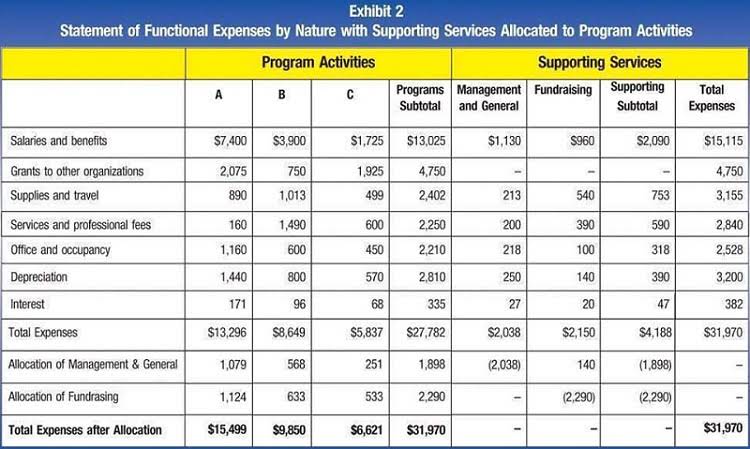
The state rates are wildly different, with some states like Wyoming charging next to nothing, and Alaska charging super-high rates. This report is used to track the amount of beer flowing through the brewery, and to impose the federal excise tax. Edelbrau Brewery Inc. opened in 1937 and closed in 1945 it was open for 8 years. This brewery was open for quite a few years so it is easier to find items and advertising than some breweries that did not last long, this can make the Breweriana items less valuable. Breweries that started up right after Prohibition was repealed, up to around the 1950s are the last group that represent highly collectible and valuable Breweriana for the most part.
EBITDA vs. Cash Flow
The period after Prohibition was when cans became popular so some of the rarest and most desirable cans come from this period. For cans to be very valuable they need to be rare, and in very good condition in most cases. Brooklyn, Brewery Accounting NY was listed as having 106 breweries, which is quite a few. Sometimes a large number of breweries can lead to an active collecting community that will be willing to pay more for breweriana items than other collectors.
Cost accounting hack for craft breweries under 50,000 bbls, part 1
If you do, don’t just hire anyone because there are a lot of firms out there these days that are specifically focusing on craft https://www.bookstime.com/ beer. Payroll is another key challenge for brewery owners to monitor. For any business with staff, payroll can be a nightmare.

Brewery Consulting, Accounting, and Financial Strategy

But if you don’t correctly track payroll, it could be very consequential. That’s why it’s important to get help from an experienced professional who understands your business. Our team has experience working with several large payroll providers.
Brewery Accounting KPIs

Most breweries donate their spent grain to farms for animal feed, but it can also be used as compost, or as ingredients in baked goods, or even used to produce methane, which is then used to power the brewery. I spent eight months last year diving deep into the options surrounding COGS and how to make it work for smaller breweries. The results will be released in a two-part series on Craft Brewing Business. This first post will define and explain the components and challenges in calculating COGS. The second post will share alternatives to the traditional calculation.
Direct Overhead
Then finished goods might be broken down into pack types, such as packaged and kegged. And then on the income statement side of things, the main issues are to have separate accounts for every type of revenue and the cost of goods for each type of revenue, so that you can figure out the gross margin for each one. This means having separate accounts for things like kegged beer, packaged beer, growlers, and taproom sales.
- The period after Prohibition was when cans became popular so some of the rarest and most desirable cans come from this period.
- This requires more regular inventory reconciliation to ensure Days of Inventory (DOI) meets demand and that inventory valuation aligns with the reality of sales.
- This means those key decisions are instead made based on gut feel, with some after-the-fact course correction thrown in the mix.
- Whether it’s federal, state, sales or TTB taxes, we’ll ensure your brewery is compliant will all relevant tax requirements.
- The brewery probably buys T-shirts, hats, glassware, and so on from a supplier, and sells them on the premises.
- Be sure to visit your state’s department of revenue and ABC commission websites or call those entities for more information.
- Popular methods include Activity Based Costing, Variable Costing, FIFO and LIFO.
- You would need the right person leading the charge and enough money to pay for it.
- Depending on your excise tax liability, this report will be filed quarterly or monthly.
- Breweries that started up right after Prohibition was repealed, up to around the 1950s are the last group that represent highly collectible and valuable Breweriana for the most part.
- If you do, don’t just hire anyone because there are a lot of firms out there these days that are specifically focusing on craft beer.
Small Batch Standard is the premier financial agency built to serve the craft brewing industry.

